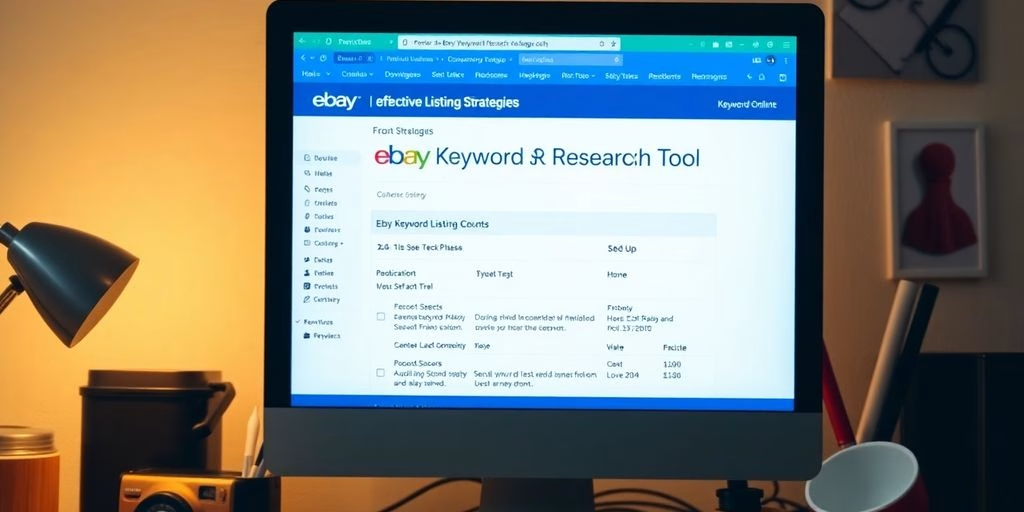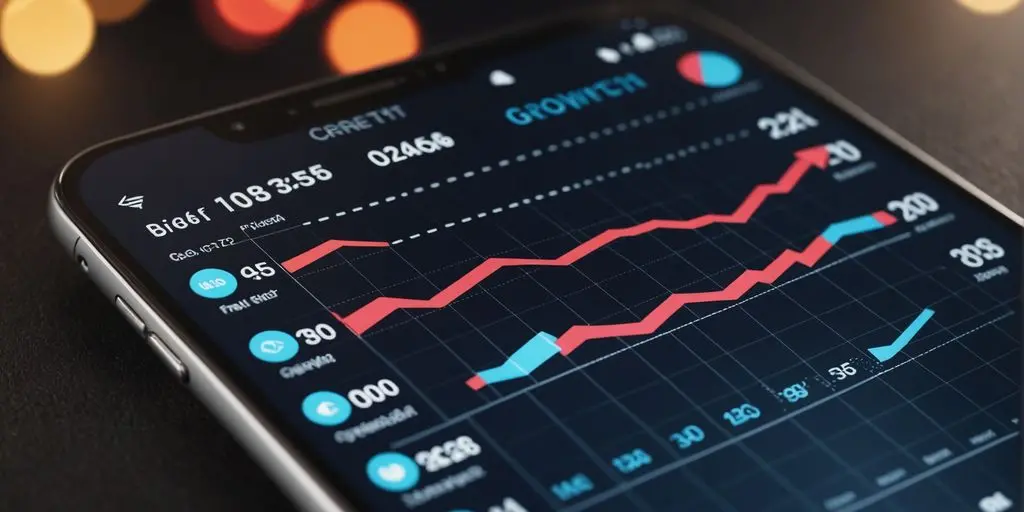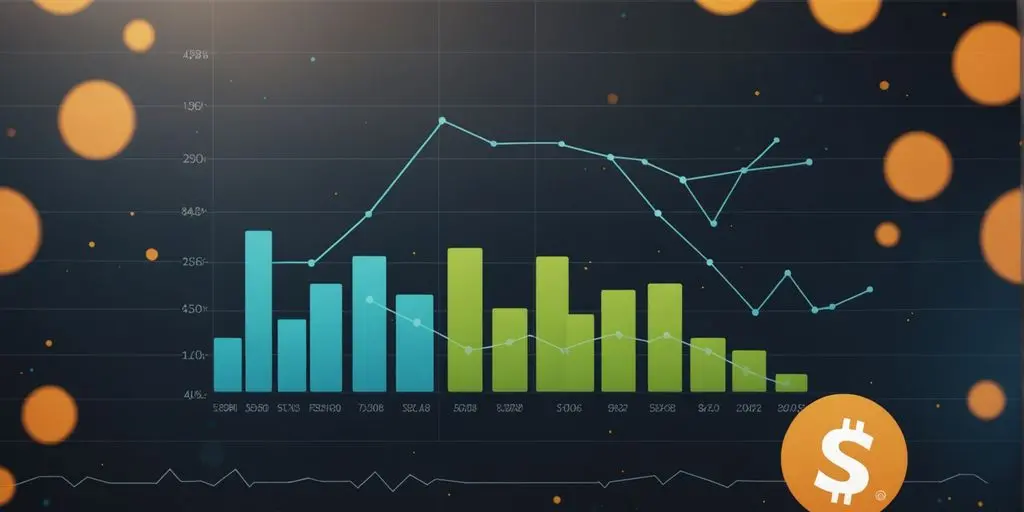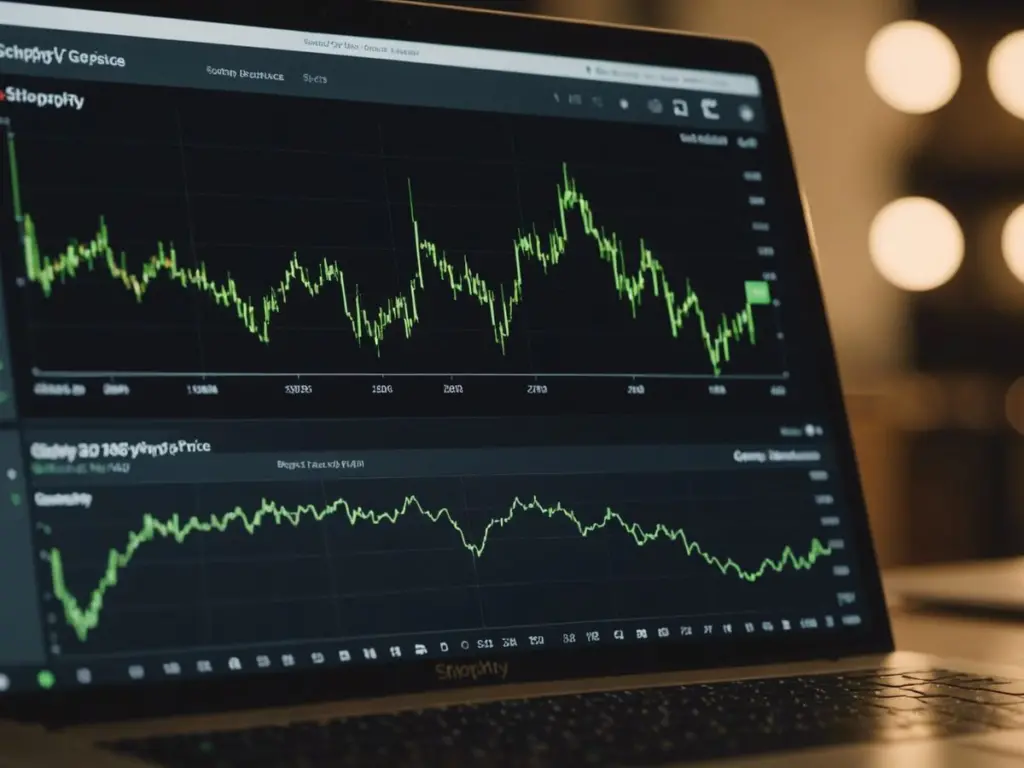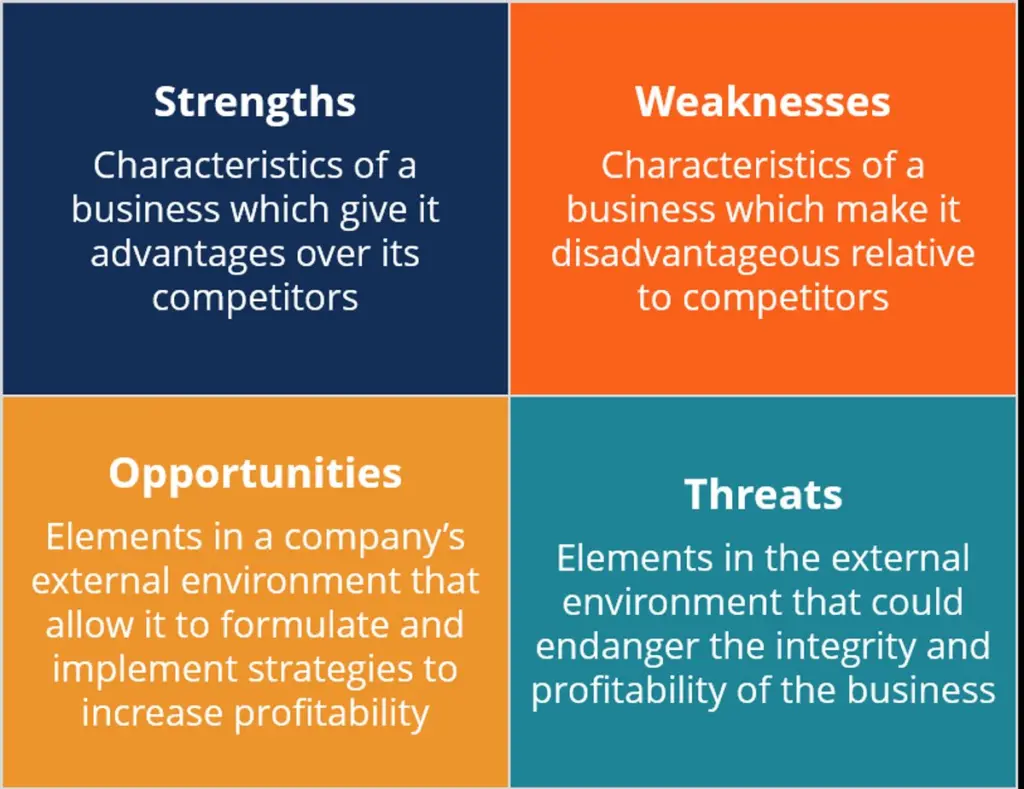In today’s healthcare landscape, data is king. With mountains of information from patient records, wearables, and more, we’ve got a treasure trove of insights at our fingertips. Analytics in healthcare isn’t just about crunching numbers; it’s about changing lives. From predicting who might get sick to tailoring treatments just for you, data is making healthcare smarter. Let’s dive into how analytics is reshaping the way we care for patients.
Daftar Isi
BeralihHal-hal Penting yang Dapat Dipetik
- Predictive analytics in healthcare helps spot patients who might need extra attention before issues arise.
- Personalised medicine is no longer a dream; it’s happening now with data guiding treatment choices.
- Early disease detection is getting a boost from wearables, catching signs before they become serious.
- Hospitals are running smoother with data, making sure resources are used wisely and patients aren’t left waiting.
- Preventive care is getting smarter, focusing on stopping diseases before they start.
The Impact of Predictive Analytics in Healthcare on Patient Care

Predictive analytics is reshaping how we approach healthcare, offering a way to foresee and address patient needs before they become critical.
Identifying High-Risk Patients
One of the standout benefits of predictive analytics is its ability to pinpoint patients who are at a higher risk for certain conditions, such as chronic illnesses. By examining a variety of data points—medical history, lifestyle choices, and even genetic information—healthcare providers can identify individuals who might develop conditions like diabetes or heart disease. This approach allows for targeted interventions that could prevent the onset of these diseases, ultimately saving lives and reducing healthcare costs. Predictive analytics enables healthcare providers to act proactively, rather than reactively, transforming patient care.
Proactive Interventions for Disease Prevention
Once high-risk patients are identified, the next step is implementing preventive measures. This might include lifestyle coaching, regular screenings, or medication adjustments. Such interventions are tailored specifically to the individual’s risk profile, ensuring they are both effective and efficient. For instance, a patient with a family history of cardiovascular disease might receive dietary guidance and regular blood pressure monitoring to mitigate their risk. This proactive approach not only improves patient outcomes but also reduces the burden on healthcare systems.
Enhancing Clinical Decision-Making
Predictive analytics also plays a crucial role in clinical decision-making. By integrating predictive models with electronic health records, healthcare professionals can receive real-time insights that inform their choices. For example, predictive tools can alert doctors to potential adverse drug reactions or suggest alternative treatments based on a patient’s unique profile. This not only enhances the accuracy of diagnoses but also personalises treatment plans, ensuring patients receive the most appropriate care. In the realm of healthcare, where decisions can have significant consequences, the ability to rely on data-driven insights is invaluable.
In a world where healthcare demands are increasing, predictive analytics stands as a beacon of hope, offering solutions that are both innovative and practical. By leveraging data, we can anticipate challenges and address them head-on, leading to better patient outcomes and a more sustainable healthcare system.
Personalised Medicine Through Data Analytics
Tailoring Treatments to Genetic Profiles
In the past, healthcare was often a one-size-fits-all affair. Now, thanks to data analytics, treatments can be tailored to suit individual genetic profiles. By examining a patient’s genetic data, healthcare providers can predict how they might respond to certain medications. This approach not only boosts treatment effectiveness but also minimises the risk of adverse reactions. Doctors can now craft treatment plans that are as unique as the patients themselves.
Optimising Drug Efficacy and Safety
Data analytics plays a crucial role in ensuring that drugs are both effective and safe for patients. By analysing vast datasets, researchers can identify patterns that indicate how different populations respond to various medications. This information helps in adjusting dosages and choosing the most appropriate drugs for individuals. Ultimately, this leads to better patient outcomes and reduces the likelihood of side effects.
Reducing Adverse Drug Reactions
Adverse drug reactions are a significant concern in healthcare. With the help of data analytics, these can be significantly reduced. By analysing patient data, healthcare providers can identify potential drug interactions before they occur. This proactive approach not only safeguards patient health but also enhances the overall safety of medical treatments.
In the realm of personalised medicine, data analytics serves as a powerful tool that transforms how treatments are designed and administered, ensuring that each patient receives care tailored to their unique needs.
Early Disease Detection and Intervention
Utilising Wearable Technology for Monitoring
Wearable technology is becoming a game-changer in healthcare, offering a new way to monitor health continuously. These devices, like smartwatches and fitness trackers, collect data on heart rate, activity levels, and even sleep patterns. By analysing this data, healthcare providers can spot trends and anomalies that might signal the early onset of a disease. Imagine your watch alerting you to a potential health issue before you even feel symptoms. This proactive approach means interventions can happen sooner, potentially improving outcomes and reducing the severity of illnesses.
Analysing Patient Data for Early Warning Signs
In the quest to catch diseases early, data analytics is a powerful ally. By looking at patterns in patient data, healthcare professionals can identify warning signs of diseases before they fully develop. This might include changes in blood pressure, unusual lab results, or even subtle shifts in behaviour. With AI enhancing patient engagement and data analysis, these insights can lead to earlier diagnoses and more timely treatments. It’s like having a crystal ball for your health, where potential issues are flagged before they become serious.
Improving Prognosis Through Timely Treatment
Timely treatment is crucial for improving patient prognosis. When diseases are caught early, the chances of successful treatment increase dramatically. For instance, early-stage cancers are often more treatable than those caught later. By integrating AI-powered decision support systems, healthcare providers can make quicker, more informed decisions about treatment plans, ensuring that patients receive the right care at the right time. This not only boosts the chances of recovery but also enhances the overall quality of life for patients.
Early detection and timely intervention can transform patient outcomes, turning potential crises into manageable conditions. It’s about catching illnesses before they escalate and ensuring patients live healthier, longer lives.
In conclusion, the role of data analytics and wearable technology in early disease detection is indispensable. By identifying issues early and intervening promptly, healthcare providers can offer better care and improve patient outcomes significantly.
Optimising Healthcare Operations with Data

Streamlining Hospital Resource Allocation
In healthcare, making the best use of resources is vital. Hospitals often face challenges in managing their resources efficiently. Data analytics can transform how hospitals allocate their resources. By analysing data on patient admissions, bed occupancy, and staffing levels, hospitals can predict demand and adjust their resources accordingly. This ensures that there are enough staff and beds available at peak times, reducing the strain on hospital resources.
Consider a hospital that uses data analytics to monitor bed usage patterns. By identifying trends, the hospital can allocate beds more effectively, ensuring that patients are admitted and discharged smoothly. This not only improves patient care but also enhances the hospital’s operational efficiency.
Enhancing Patient Flow and Reducing Wait Times
Long wait times in hospitals can be frustrating for patients and stressful for staff. Data analytics can help alleviate these issues by providing insights into patient flow. By analysing data on patient arrivals, treatment times, and discharge processes, hospitals can identify bottlenecks and streamline their operations.
For instance, if data shows that the emergency department frequently experiences high patient volumes at certain times, the hospital can adjust staffing levels to ensure quicker patient processing. This proactive approach not only reduces wait times but also improves the overall patient experience.
Improving Staff Efficiency and Satisfaction
Staff efficiency is crucial for delivering high-quality patient care. By leveraging data analytics, hospitals can gain insights into staff performance and identify areas for improvement. Analysing metrics such as patient satisfaction scores and productivity data can help hospitals develop targeted training programmes and support staff in enhancing their performance.
Moreover, data analytics can assist in optimising staff schedules. By understanding peak times and patient demand, hospitals can ensure that they have the right mix of staff on duty, leading to improved staff satisfaction and better patient care.
In a world where healthcare demands are constantly evolving, data analytics provides a powerful tool for hospitals to optimise their operations. By making informed decisions based on data, hospitals can enhance their efficiency, improve patient outcomes, and create a more satisfying work environment for staff.
The Role of Data Analytics in Healthcare Preventive Care
Identifying Population Health Trends
In the realm of healthcare, understanding population health trends is like having a roadmap for future interventions. With data analytics, healthcare providers can sift through vast amounts of information to pinpoint which groups are at greater risk for certain conditions. This isn’t just about numbers; it’s about improving lives by predicting health issues before they become critical. By analysing historical data, trends like rising obesity rates or increased incidences of diabetes can be identified. This allows healthcare systems to allocate resources more effectively and develop targeted health initiatives.
Implementing Targeted Health Education
Once health trends are identified, the next step is education. Data analytics enables the creation of tailored health education programmes that address the specific needs of different communities. For instance, if data shows a spike in hypertension within a particular demographic, healthcare providers can roll out educational campaigns focusing on lifestyle changes, dietary adjustments, and regular screenings. Such targeted education not only raises awareness but also empowers individuals to take proactive steps in managing their health.
Reducing the Incidence of Chronic Diseases
Chronic diseases are a significant burden on healthcare systems, but data analytics offers a way to lighten this load. By predicting which patients are at risk, healthcare providers can intervene early with preventive measures. This might include lifestyle modifications, regular monitoring, or even preemptive treatments. By catching potential issues early, the onset of chronic diseases can often be delayed or even prevented altogether. This proactive approach not only improves patient outcomes but also reduces healthcare costs by minimising the need for extensive treatments down the line.
Data analytics is reshaping the landscape of preventive care. By leveraging insights from patient data, healthcare providers can shift from reactive to proactive care models, ultimately leading to healthier populations and more efficient healthcare systems.
Data analytics in healthcare isn’t just about numbers—it’s about using those numbers to make informed decisions that enhance patient care and outcomes. Through identifying trends, educating communities, and implementing early interventions, analytics plays a pivotal role in the ongoing battle against chronic diseases.
Advancements in Analytics in Healthcare for Clinical Trials and Drug Development

Accelerating Drug Discovery Processes
In recent years, the integration of AI and ML into drug development has been transformative. These technologies allow for the rapid analysis of vast datasets, enabling researchers to identify potential drug candidates much faster than traditional methods. By streamlining the initial phases of drug discovery, AI significantly reduces the time and cost involved. This acceleration is crucial in bringing new treatments to market, especially for diseases that currently lack effective therapies.
Identifying Responsive Patient Subgroups
One of the key challenges in clinical trials is ensuring that the right patients are selected. Using advanced data analytics, researchers can now identify subgroups of patients who are more likely to respond to a particular treatment. This targeted approach not only improves the efficiency of trials but also enhances the likelihood of successful outcomes. By focusing on these responsive groups, trials can be more streamlined, reducing both time and resources.
Enhancing the Precision of Clinical Trials
Precision in clinical trials is paramount. With the help of AI-driven platforms, researchers can tailor trials to specific patient needs, adjusting variables such as dosage and treatment regimens in real-time. This adaptability ensures that trials are not only more effective but also safer for participants. Furthermore, the ability to predict potential adverse reactions before they occur can significantly reduce the risk of trial failures.
The future of drug development lies in harnessing the power of data analytics to create more efficient, targeted, and safer clinical trials. As these technologies continue to evolve, the potential for improved patient outcomes grows exponentially.
Enhancing Patient Engagement and Experience
Empowering Patients with Health Data Access
In today’s healthcare landscape, having access to personal health data is becoming increasingly important for patients. It allows individuals to better understand their health conditions and make informed decisions about their care. Giving patients access to their own health information can lead to a more collaborative approach to healthcare, where patients feel more involved in their treatment plans. This empowerment can result in improved health outcomes and greater patient satisfaction.
Personalising Communication and Care Plans
Tailoring communication and care plans to individual patient needs is crucial for enhancing the patient experience. By using data analytics, healthcare providers can identify patient preferences and adapt their communication styles and care plans accordingly. This personalised approach not only improves patient satisfaction but also fosters a stronger patient-provider relationship.
- Utilise patient feedback to adapt communication strategies.
- Implement technology to streamline personalised messaging.
- Regularly update care plans based on patient data.
Improving Adherence to Treatment Regimens
Adherence to treatment regimens is a significant factor in achieving positive health outcomes. Data analytics can play a pivotal role in identifying patterns and trends that may affect a patient’s ability to follow their prescribed treatment. By understanding these factors, healthcare providers can develop targeted interventions to improve adherence.
The integration of data analytics into healthcare settings has the potential to transform patient engagement and experience. By leveraging data, providers can better understand patient needs and preferences, leading to more effective and personalised care. This not only enhances patient satisfaction but also contributes to improved health outcomes.
By focusing on these key areas, healthcare providers can enhance the overall patient experience, ensuring that individuals feel valued and understood throughout their healthcare journey. As the healthcare industry continues to evolve, the role of data analytics in improving patient engagement will only become more significant.
For more insights on how data analytics enhances patient engagement, consider exploring the emerging trends and future possibilities in this field. Additionally, understanding patterns in patient feedback can further refine strategies to improve patient experiences.
The Future of Analytics in Healthcare

Integration of Artificial Intelligence and Machine Learning
The integration of AI and machine learning in healthcare is poised to reshape the landscape of patient care. AI algorithms can sift through vast amounts of data to spot patterns that might escape human analysts. This capability means quicker, more accurate diagnoses and insights into disease prevention. AI can also help tailor treatments to individual needs, considering factors like genetics and lifestyle. AI’s potential to transform healthcare is immense, promising more equitable access to advanced diagnostics and care.
Real-Time Data Analysis for Immediate Insights
Real-time data analysis is becoming a game changer in healthcare. With the ability to process information as it comes in, healthcare providers can make informed decisions on the spot. This immediacy is crucial for patient care, allowing for swift interventions when necessary. For example, real-time monitoring of vital signs through wearable technology can alert medical staff to potential issues before they become critical. This proactive approach can significantly improve patient outcomes and reduce hospital admissions.
Expanding the Use of Wearable and Sensor Data
Wearable technology and sensors are opening new frontiers in patient monitoring. These devices continuously collect health data, offering a detailed picture of a patient’s condition over time. By analysing this information, healthcare providers can detect early warning signs of illnesses and adjust treatments accordingly. Wearable devices are not just about tracking fitness; they are integral to personalised healthcare strategies. As technology advances, the data from these devices will become even more pivotal in managing health proactively.
The future of healthcare analytics is not just about collecting data but using it to make meaningful changes in patient care. As technology evolves, the ability to interpret and act on data will define the next era of healthcare innovation.
As we look ahead, the role of analytics in healthcare is set to grow significantly. With better data collection and analysis, healthcare providers can make smarter decisions, leading to improved patient care. This means that hospitals and clinics will be able to spot health trends and respond quickly to patient needs. If you want to learn more about how analytics can transform healthcare, visit our website today!
Kesimpulan
In wrapping up, it’s clear that data analytics in healthcare is reshaping the healthcare landscape in ways we couldn’t have imagined a few decades ago. By digging into the heaps of medical data, healthcare providers can now spot trends and patterns that were once hidden. This means better care for patients, as treatments can be more tailored to individual needs. Plus, with the ability to predict potential health issues before they become serious, doctors can step in early, potentially saving lives and cutting costs. But, for all this to work, the healthcare workforce needs to be up to speed with the latest data tools and techniques. As we look to the future, the role of data analytics in healthcare is only set to grow, promising a more efficient, personalised, and proactive approach to patient care.
Pertanyaan yang Sering Diajukan
How does predicting health problems help patients?
Predicting health issues lets doctors find out who might get sick before it happens. This means they can help stop the illness or make it less serious by acting early.
What is personalised medicine?
Personalised medicine means giving patients treatments that are just right for them. It’s like having a special plan based on their genes and health history, so they get the best care.
How can data help find diseases sooner?
Data can show doctors early signs of diseases by looking at patterns in health information. This helps doctors catch illnesses early and treat them quicker.
Why is data important for hospitals?
Data helps hospitals work better by showing them how to use their resources wisely. It helps in planning things like how many staff are needed and how to reduce waiting times.
What role does data play in stopping diseases before they start?
Data can show which groups of people might get sick, so health providers can teach them how to stay healthy. This helps stop diseases like diabetes before they happen.
How is data for analytics in healthcare changing the way new medicines are made?
Data helps researchers find out which patients will benefit most from new medicines. This makes testing new drugs faster and more precise.




















